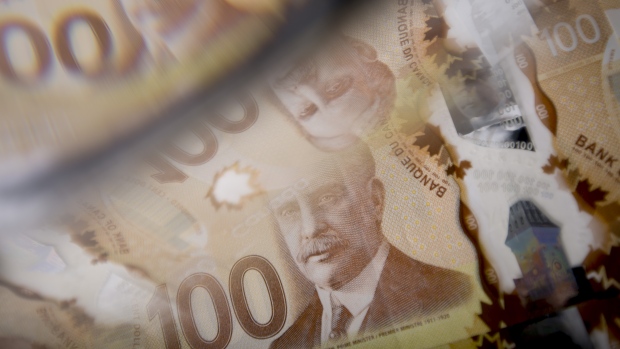Jan 21, 2019
Personal Investor: The high cost of holding cash
By Dale Jackson

We’ve all heard the saying, “Cash is king.” Banks tell us to have plenty of cash on hand for emergencies and investment advisors recommend 10 per cent of our portfolios be parked in cash when opportunities arise.
The fact is, banks love cheap cash because they can use it to generate higher returns. But that cash in your pocket might be costing you money in terms of lost opportunities and fees, and it’s been happening since interest rates dropped a decade ago.
In most cases, cash in an investment portfolio is placed in money market funds – highly liquid and safe pools of short-term money market securities. Over the past 10 years the average Canadian money market fund returned less than 0.6 per cent as inflation held around two per cent.
The money market funds that yielded the most had the lowest fees, also known as management expense ratios (MERs). The MERs on Canadian money market funds vary but some money market funds purchased through an advisor can exceed one per cent annually. A portion of that fee normally goes to the advisor as compensation and in some cases a fee is also imposed when the fund is purchased or sold in the form of a load.
It gets worse. Segregated money market funds – insurance products that charge a premium to insure all or part of the principal – can charge MERs as high as 1.9 per cent.
You might ask why a fund that holds securities ultimately guaranteed by the federal government would need an extra layer of insurance.
If you hold a segregated money market fund in your portfolio, that’s a good question for your advisor. If you have cash in any form in your portfolio it might be a good idea to ask about the fees associated with holding cash, and how it can be utilized better. You can start the conversation by mentioning the benchmarks for safe, short-term cash are guaranteed investment certificates (GICs), which have averaged about two per cent annually for the past decade.






